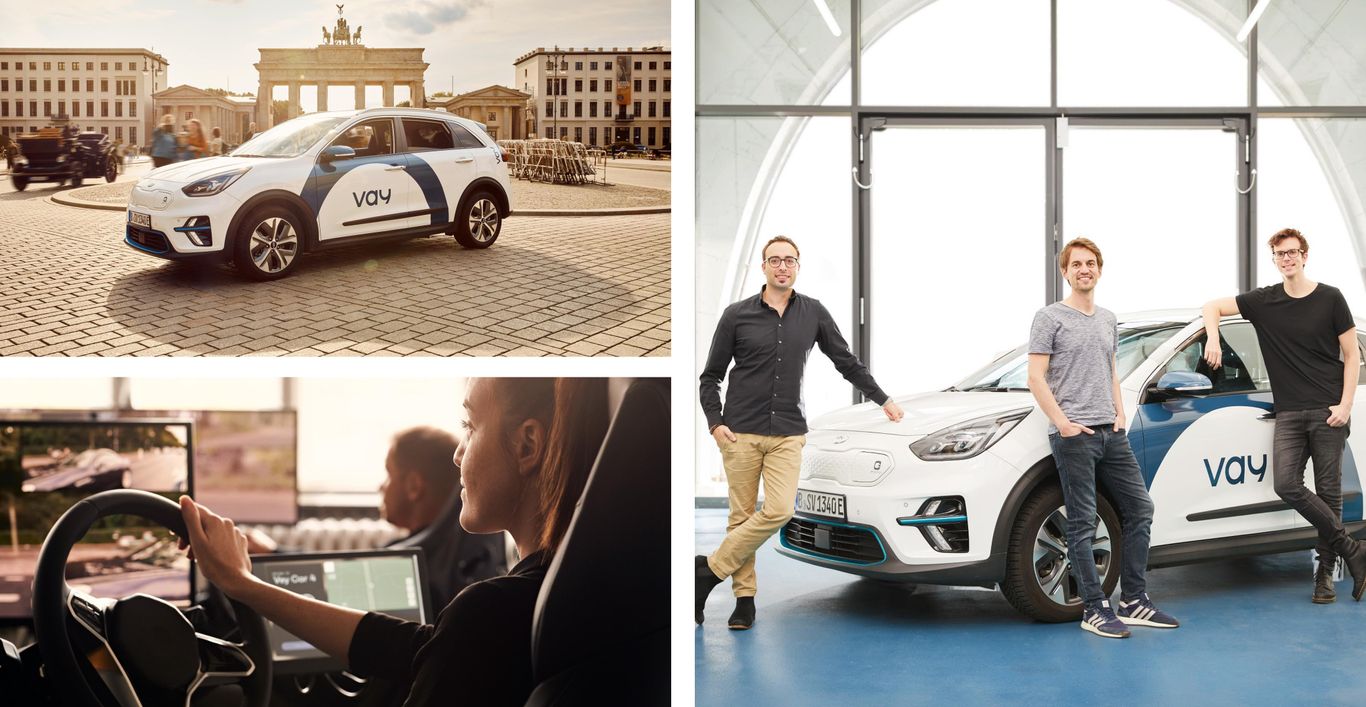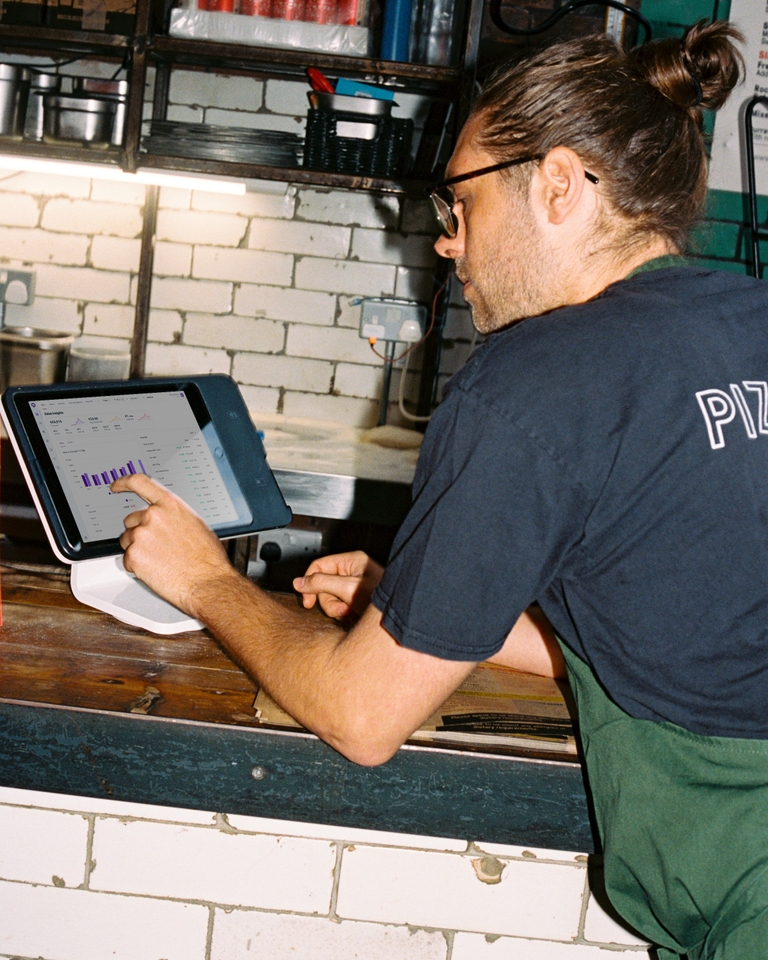
Teledriving: A revolutionary approach to urban mobility
In December 2021, Kinnevik invested USD 23m in Vay, a Berlin-based tech-enabled mobility company. Senior Investment Director Natalie Tydeman shares her vision of the future of driverless transportation and why Vay’s approach is game changing.
By: Natalie Tydeman, Senior Investment Director at Kinnevik
The global urban personal mobility sector is a USD 4.9tn market, which has already seen, and will continue to experience, tectonic shifts in response to changes in consumer preferences and technology advances.
There have been multiple innovations in urban transportation in the past decade, in response to consumers’ changing habits and preferences. In particular, we believe consumers are seeking a combination of sustainability, convenience and affordability.
Yet, none of the existing solutions have matched this demand.
Car ownership is falling dramatically as more environmentally conscious millennials forego car ownership in favour of public transport, bicycles, car sharing clubs and ride hailing. Many urban areas now have as few as one car for every five adults, with many inner-city areas having a majority of their households living car-free. At the same time, city governments are developing plans to further reduce private car ownership in urban areas in order to minimise congestion and emissions and free up scarce public space currently dedicated for parking.
Ridesharing services such as Uber have offered convenience (although unreliability of wait times increasingly challenges this) at the expense of affordability and sustainability, given labour costs. In a rising wage inflation environment, compounded by increasing regulation on employment models, fares in major cities like London and New York have increased a further 20-40% in recent times.
Car clubs can be a cost-effective means of accessing cars on-demand, and a more environmentally sustainable option than private car ownership, offering lower emission electric and hybrid cars, ensuring better utilisation of each vehicle, and reducing demand for parking. Since private cars are typically parked for 90-95% of the time, studies estimate that as many as 15-25 private cars can be replaced for every shared car added to a car club fleet.
To date, however, these mobility-as-a-service businesses have largely been exploiting evolutionary rather than revolutionary developments.
Driverless transportation, on the other hand, is potentially the biggest and most positive change in mobility in our generation, offering a cheaper alternative to ride hailing, and a more convenient alternative to car clubs, while promising greater road safety alongside the environmental gains associated with affordable access to electric vehicles, better vehicle utilisation, and reduced congestion and parking.
Driverless transportation is potentially the biggest and most positive change in mobility in our generation.
Teledriving promises the same benefits, quicker
Vay has taken a different approach to driverless mobility, developing a proprietary teledriving platform that already today allows drivers in a central teledriving hub to remotely drive connected cars on the public roads.
Teledriving enables a teledriver to remotely control the vehicle over mobile and Wifi networks. The Vay system can be installed on standard electric vehicles via addition of minimal hardware at costs that are orders of magnitude lower than fully autonomous systems. Due to the presence of a human in the loop, the system does not need to rely on expensive LiDAR sensors and does not require sophisticated mapping efforts, and is therefore a comparatively inexpensive and hence scalable solution.
Teledriving is designed to be safer than conventional driving by eliminating the top four human causes of accidents: speeding, intoxication, distraction and fatigue. For example, prior to allowing a teledriver to start their shift, Vay would ensure that they are fit to drive. During the shift, Vay enables a distraction-free environment and monitors for signs of tiredness. Moreover, Vay’s teledriving system offers an augmented 360 degrees vision, enhancing drivers’ perception capabilities and removing blind spots.
At launch, the Vay service will allow a customer to use an app to order an electric VayCar, which will be remotely driven to the customer within a matter of minutes. The customer will then drive themselves to their destination. Upon arrival they will be able to hand control back to the teledriver who will park it or drive the vehicle to the next customer. As this service uses a teledriver for only a small percentage of total journey time, Vay will be able to price its service significantly below ride-hailing alternatives, aiming to be the most affordable door-to-door mobility company, and competitive with owning a car in urban areas.
What really piqued our interest, is the gradual introduction of autonomous driving features
The longer-term vision for Vay, and what really piqued our interest, is the gradual introduction of autonomous driving features (for example driving straight at moderate speed) as these features gain regulatory approval and commercial viability, ultimately moving to a fully autonomous service. This pragmatic approach, using teledriving as a complement to autonomous driving, makes it possible to put something in the hands of the customers now, and to use this time advantage to build a valuable volume of learnings and data to support the development of autonomous services in the future.re
Looking forward to the ride
With the best of two worlds - software and product experience from Silicon Valley and automotive hardware and safety engineering from Europe – Vay founders Thomas, Fabrizio and Bogdan are true pioneers in this industry. Thomas, formerly at autonomous driving start-up Zoox, and Fabrizio build on almost twenty years of combined experience in innovative mobility to develop their vision for Vay.
The combined value of Waymo, Cruise, Aurora and other autonomous driving companies is already in excess of $100bn. Given the importance of teledriving within the autonomous driving ecosystem, as a critical plug for the gaps in autonomous functionality, and as the most immediate and pragmatic path towards driverless mobility, we believe that Vay is strongly positioned to create and capture massive value within this sector.
The Vay team combines a visionary and pragmatic approach, with a strong mission to increase the safety and sustainability of transportation. Kinnevik is excited to partner with Vay and we are very much looking forward to supporting the company on its journey to full-scale commercial launch.



